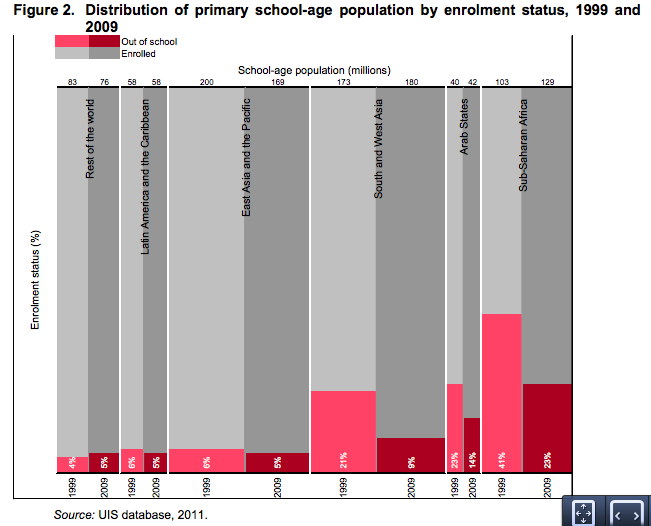There are roughly 58 million primary school students in Latin America, according to UNESCO’s latest data from their Education For All initiative.  5% of children in that age range are not in school.  And 5% of them use XOs: 1.5 million children have their own, and Peru’s urban initiative is giving another 1.5 million students in urban schools access to XOs through a program where groups of 3-5 students share a laptop.

Today 4/5 of these students are in Uruguay, Peru, Argentina, and Mexico.  But new programs are growing rapidly, in Nicaragua, Costa Rica, Colombia, and elsewhere.
That’s a lot of budding Pythonistas, Scratcheros, and Linux users!
Now if only my own home country would start providing computers and connectivity to its students as a matter of course…


